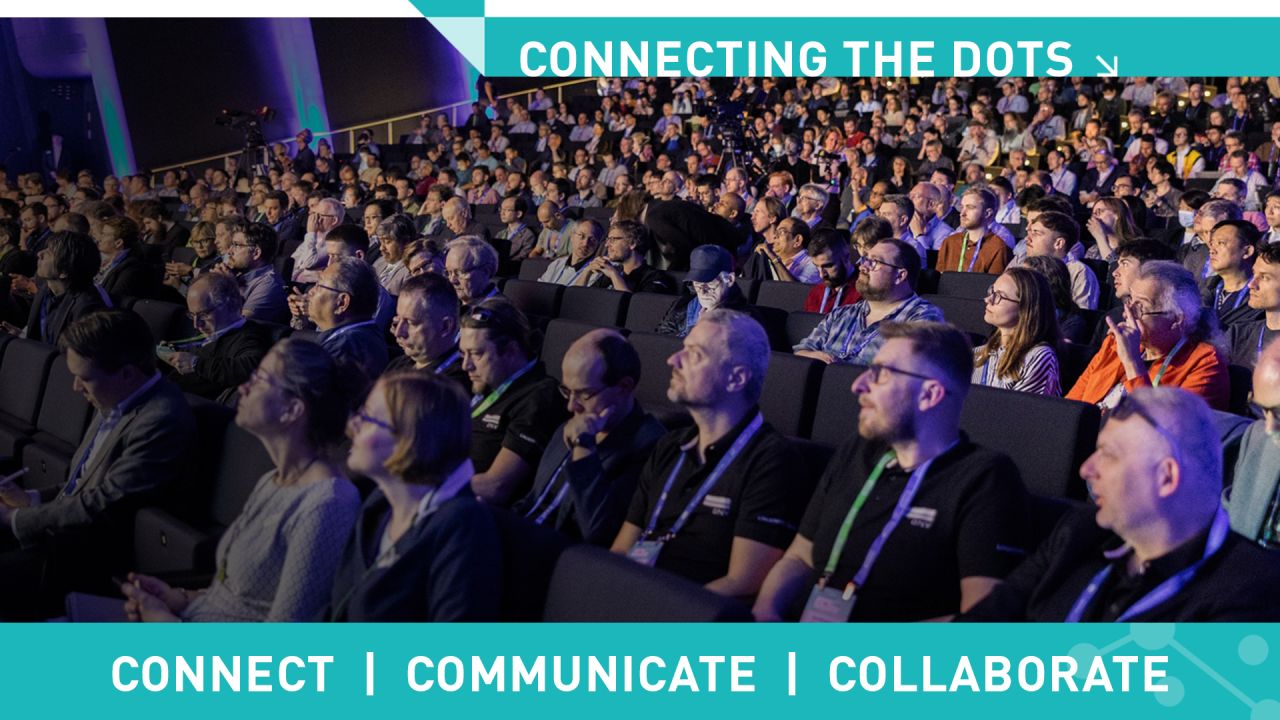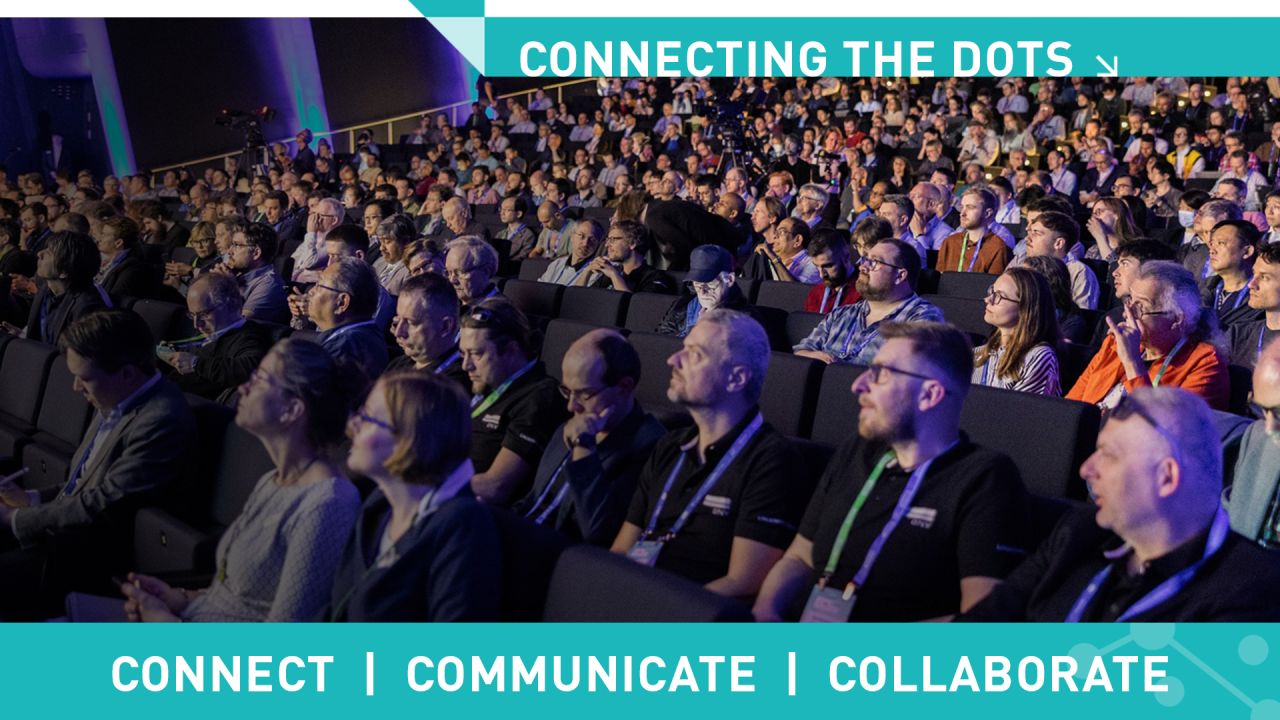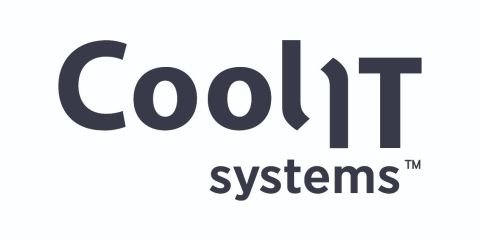

Direct Liquid Cooling Innovations for HPC & AI Power Optimization and Sustainability
Tuesday, June 10, 2025 3:40 PM to 4:00 PM · 20 min. (Europe/Berlin)
Hall H, Booth L01 - Ground floor
HPC Solutions Forum
Data Center Infrastructure and CoolingOptimizing for Energy and PerformanceSustainability and Energy Efficiency
Information
As HPC and AI workload demands increase, semiconductors are getting hotter and server racks are becoming more power-dense. This leads to new cooling and power challenges. Addressing these challenges requires cooling technology advancements, specifically liquid cooling. With cooling accounting for more than 40% of power consumption in data centers, using the most efficient cooling methods is critical.
Advancements in single-phase direct liquid cooling (DLC) – such as CoolIT’s new 4000W coldplate – will be the future for HPC and AI. CoolIT’s coldplates with Split-Flow technology deliver 30% better thermal and flow performance than standard coldplates with the added ability to provide targeted cooling to hot spots. As chip thermal design power (TDP) continues to climb, ensuring optimal coolant flow and heat capture is essential.
Efficient coolant distribution units (CDUs), such as CoolIT’s CHx2000, are key enablers of scalable, energy-conscious deployments. With a cooling capacity of over 2000 kW and flow rates exceeding 1.2 LPM/kW at a 5°C approach temperature difference (ATD), the CHx2000 supports high-density server environments and next-gen AI workloads.
High-temperature cooling loops also open the door to effective heat reuse strategies, allowing organizations to capture and repurpose waste heat—closing the loop on energy efficiency and moving closer to net-zero data center operations.
Transitioning to 100% liquid-cooled data centers by integrating DLC at the server level and Rear Door Heat Exchangers (RDHX) at the rack level unlocks significant power and thermal optimization opportunities. This approach not only supports the growing demands of HPC environments but also enables higher rack densities, improved energy efficiency and reduced reliance on traditional air-based cooling infrastructure.
Direct liquid cooling solutions optimize computing performance, increase rack densities, and enable scalability, resulting in increased energy efficiency, lowered OPEX and improved sustainability practices. The future is clear: Direct liquid cooling is necessary for power optimization and sustainability in HPC and AI Industry.
Advancements in single-phase direct liquid cooling (DLC) – such as CoolIT’s new 4000W coldplate – will be the future for HPC and AI. CoolIT’s coldplates with Split-Flow technology deliver 30% better thermal and flow performance than standard coldplates with the added ability to provide targeted cooling to hot spots. As chip thermal design power (TDP) continues to climb, ensuring optimal coolant flow and heat capture is essential.
Efficient coolant distribution units (CDUs), such as CoolIT’s CHx2000, are key enablers of scalable, energy-conscious deployments. With a cooling capacity of over 2000 kW and flow rates exceeding 1.2 LPM/kW at a 5°C approach temperature difference (ATD), the CHx2000 supports high-density server environments and next-gen AI workloads.
High-temperature cooling loops also open the door to effective heat reuse strategies, allowing organizations to capture and repurpose waste heat—closing the loop on energy efficiency and moving closer to net-zero data center operations.
Transitioning to 100% liquid-cooled data centers by integrating DLC at the server level and Rear Door Heat Exchangers (RDHX) at the rack level unlocks significant power and thermal optimization opportunities. This approach not only supports the growing demands of HPC environments but also enables higher rack densities, improved energy efficiency and reduced reliance on traditional air-based cooling infrastructure.
Direct liquid cooling solutions optimize computing performance, increase rack densities, and enable scalability, resulting in increased energy efficiency, lowered OPEX and improved sustainability practices. The future is clear: Direct liquid cooling is necessary for power optimization and sustainability in HPC and AI Industry.
HPC Solutions Forum Questions
What should the HPC-AI industry be doing with regard to power optimization and sustainability?
Format
On Site



